Every now and then, my mother asks me to join her and her parents for breakfast near Roma Norte. As I work in the area, and have a particular love for its cafes, I usually suggest a different spot every time. We pick them up early in the morning at their home and head straight to the spot of the day. Due to her age, my grandmother has advanced dementia. With her wandering eyes, she scans the facades of the buildings. “I don’t feel like I’m in Mexico,” she murmurs sometimes. And she’s right about that.
She doesn’t feel like she’s in Mexico because the architecture reminds her of her years in France. That is no coincidence: referred to as Porfirian-era architecture, some of the most beautiful houses in the Roma area were the product of dictator Porfirio Díaz’s fascination for Europe — and particularly, for the French capital. These are some of the most iconic examples of this architectural movement.
What is the Porfirian-era architecture like?
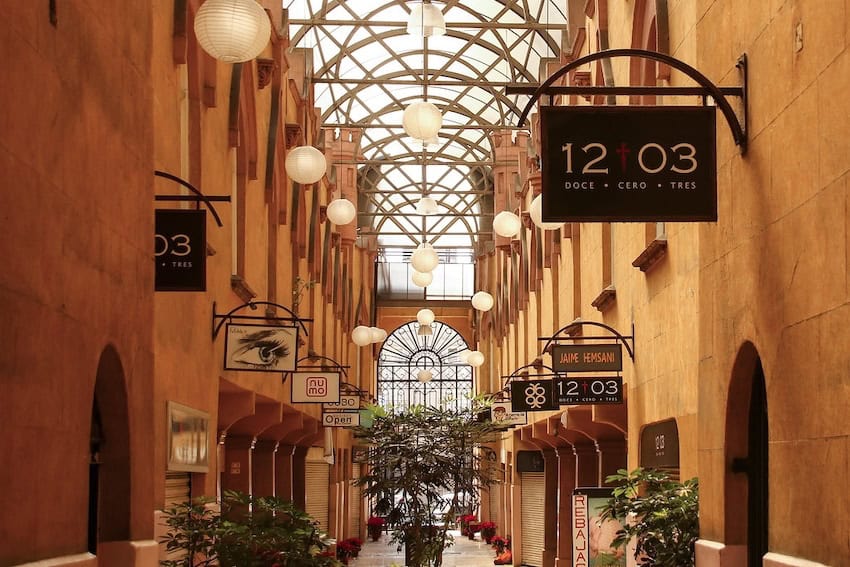
Cantera stone facades with Neoclassical elements, majestic stairways inspired by Art Nouveau, and wrought-iron gates and railings. All of these are fundamental characteristics of the Porfirian-era manors.
“Few architectural styles have ever borne the name of a person,” writes architects’ association FUNDARQMX. And how could it not? After all, Porfirio Díaz held power for more than three decades, from 1876 to 1911. Inspired by the Francophilia of the age, Díaz and the Mexican elite dressed Mexico City with impressive manors and estates, inspired by French architecture. Years of building castle-like properties was Díaz’s contribution to the city nicknamed “The City of Palaces.” Fittingly, his remains rest in Paris, which is where he died in exile in 1915.
Some of the best examples still stand in Colonia Roma, near Mexico City’s historic center. Transformed into universities, museums of various kinds and even state offices, these Porfirian properties continue to amaze those of us who stroll through Roma. And, just like my grandmother, these manors make us feel like we’re not in Mexico.
The most beautiful Porfirian-era houses in La Roma
Casa Lamm
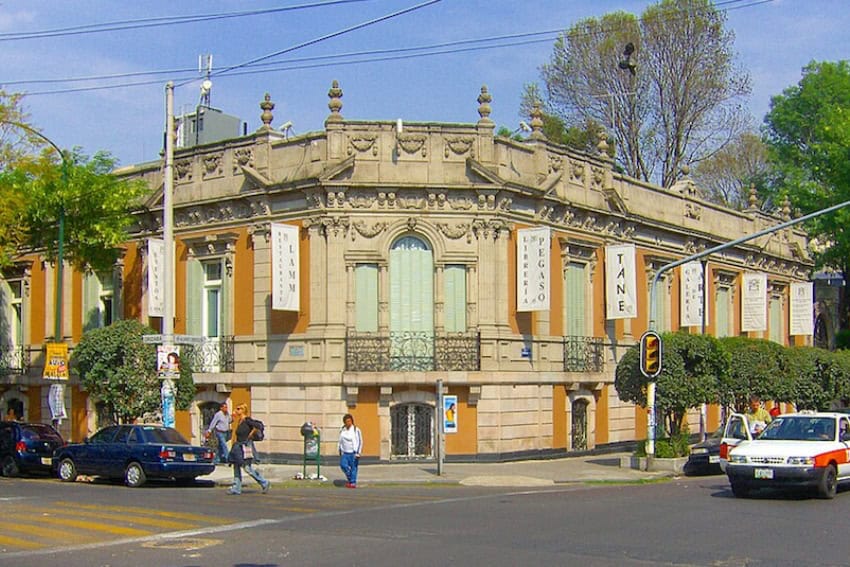
Today a renowned high-level educational institution, primarily oriented to literature and other fine arts, Casa Lamm is “perhaps the most beautiful and best-preserved building in the Roma neighborhood,” writes the government of Mexico City. Built by Lewis Lamm at the dawn of the 20th century, it was originally intended as a family estate. However, due to the political climate of the era, the house was used as a military barracks.
Built to have two fronts, one facing Calle Orizaba and the other facing Avenida Álvaro Obregón, the spaces now used as classrooms were originally intended as the Lamm family’s rooms. Like Parisian buildings, Casa Lamm has broad windows, with each featuring beautiful ironwork for their balconies. Today, Casa Lamm houses more than 15,000 unique volumes, which inform its academic programs, ranging from diplomas to higher education.
Edificio Balmori
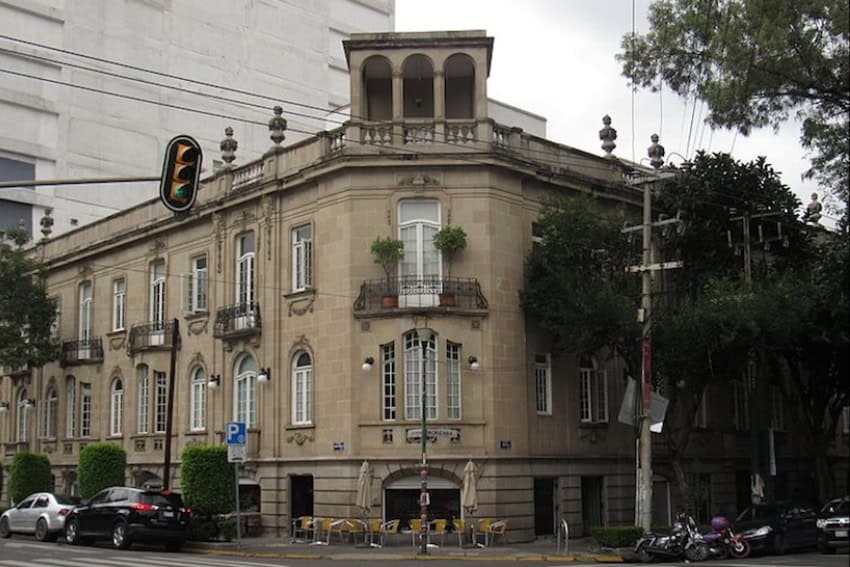
Just as in the previous example, the Edificio Balmori was masterfully built on a street corner. As happens in the Roma-Condesa cultural corridor, the building’s ground floor features commercial premises with first-rate cafes and restaurants. Each window is delicately adorned with details that simulate organic motifs, such as flower garlands. However, unlike other beautiful homes in La Roma, the upper levels of the architectural icon have remained a residential property.
Casa del Libro UNAM
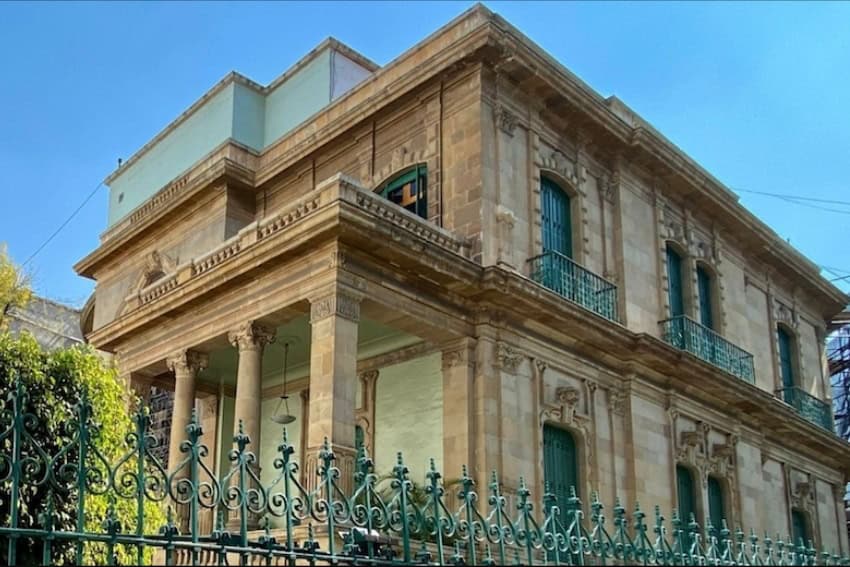
Built in the 1920s, Orizaba 24 was one of the first privately owned properties with an elevator in Mexico City. The interiors are richly decorated with wood, marble and plaster finishes, as well as lavish tapestries in every room. The estate has a majestic balcony for the main room on the second floor, which previously had a panoramic view of the garden. In the 1940s, the Embassy of Brazil leased the manor for its operations in Mexico. Decades later, it was made one of the National Autonomous University’s (UNAM) cultural venues. Casa del Libro UNAM hosts book presentations, conferences, workshops and concerts every week.
El Parián
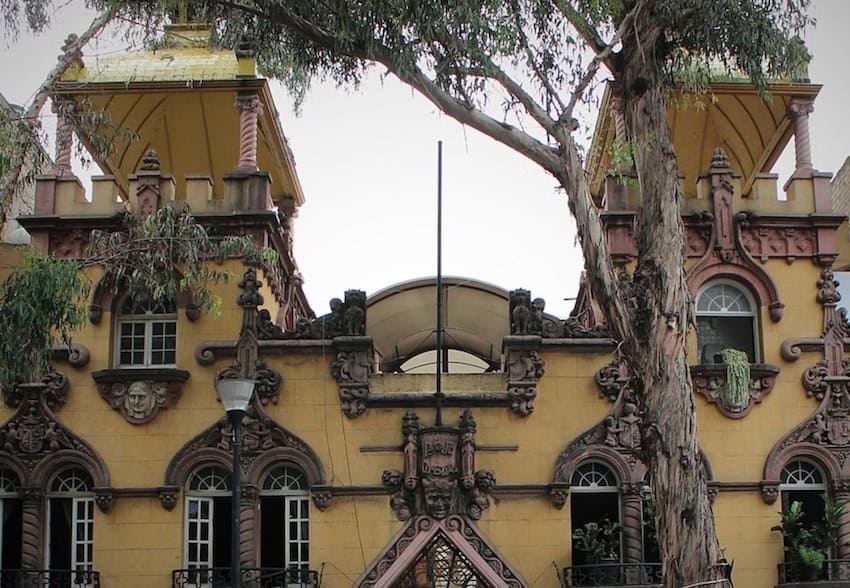
The El Parián shopping arcade is considered an architectural gem of the Porfirian era. Built in 1907, it is said to be as old as La Roma. Originally intended to be a market, it soon became a commercial and cultural center, with shops and restaurants run by local families. Today, this commercial corridor houses clothing stores, design studios, a medical laboratory, as well as four restaurants next to its entrances. It’s the kind of place you’ll want to spend an entire morning in.
MODO: Museo del Objeto
View this post on Instagram
The property that now houses the museum was built in 1907, along with other residences that have seen the neighborhood come to life. To date, it is one of eight buildings listed as “testimonies of Art Nouveau” in Mexico City, according to museum authorities. On the building’s cantera facade, you can see the oculi — or oval-shaped windows, simulating eyes — topping the door frames. However, unlike other Porfirian balconies, MODO’s are not wrought-iron. Instead, they are made from the same cantera stone that adorns its façade. These classical Porfirian-era elements make this estate, too, one of the most beautiful houses in the Roma area.
Andrea Fischer contributes to the features desk at Mexico News Daily. She has edited and written for National Geographic en Español and Muy Interesante México, and continues to be an advocate for anything that screams science. Or yoga. Or both.